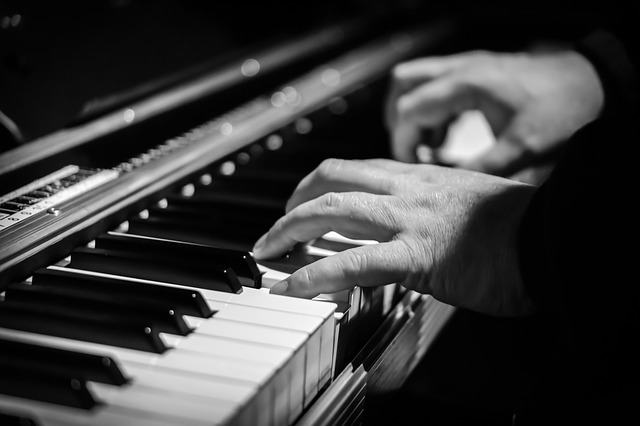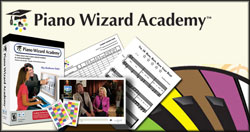Do you ever seen piano players utilizing clumsy fingering when playing piano? Accept it or not, this can be a rather controversial subject. There are individuals who strongly believe in proper fingering with regard to piano pieces. You can also find people who will be firm believers in free-style fingering.
Do you ever observed piano players choosing difficult fingering when ever playing piano? Accept it or perhaps not, this is a somewhat debatable topic. There are people who strongly think in correct fingering for piano pieces. There are also those who will be firm believers in free-style fingering.
Next are unquestionably several distinctive points of view concerning this specific subject.
Even though the size of fingers are different from individual to individual,most people have thumbs that are smaller when compared with the rest of our fingers.
As a rule (or rule of thumb), your thumb is undoubtedly the most powerful finger of all. Thumb, index finger (2nd), as well as the lengthy finger (3rd) tend to be the most used fingers for playing the piano. The fourth finger as well as the fifth finger usually are weaker fingers.
Beneath are 4 fingering ideas which have been worked up as common rules:
1. Never ever utilize the thumb for playing a black key. The exclusions will be a) whenever you are trying to play a selection which has virtually all black music notes. b) while you will be playing a group of keys in which there happen to be black along with white keys. For example if perhaps your right hand is to play Bb, D, plus F together in Bb major chord root position, your thumb will probably execute Bb (black note) in this instance.
Thumbs are not intended to be put to use for black keys simply because of its length. The most chosen fingers pertaining to black notes are the 2nd plus the 3rd fingers. In the event that you happen to be playing specific scales that start with a black key like Bb major, Eb major, Ab key, etc. You will make use of your 2nd or even your 3rd finger to help execute the very first scale note in lieu of the thumb.
2. Whenever playing melody with the right hand, when there happen to be notes which are usually not within reach, you might move the hand in order to perform the note. If the key is only a couple steps right down from the thumb, you might use the thumb as an anchor and additionally cross the 2nd finger over to actually attain the musical note on the left side of the actual thumb. You do not have to shift the hand. Only move the second finger over.
Once the second finger plays the note, typically the thumb is going to quickly follow in order to cross over to perform the additional note remaining connected with the key. Advice: perform the scale properly to be aware what finger to stick to.
Three. Identical rule is applicable to the left hand.
4. Sit back and watch several other seasoned pianists anytime possible, take a look at their fingering and imitate their movements. It is recommended you view those individuals which have been effectively trained classically since they have invested numerous years going through the structured repertoire and virtuoso education that really helped build a solid base.
One crucial factor: The function of great fingering is always to guarantee smoothness involving musical passages.
This really is notably important inside the piano work regarding Bach, (prelude, fugues, and also others) as well as numerous Established composers.
Frequently, a little alteration in piano fingering could possibly result in a disruption of the entire phrasing.
For improvisational along with accompaniment pieces, strict piano fingering ends up being significantly less critical. The truth is, each instance when somebody improvises they use distinct fingering combo. This can be because their state of mind as well as tempo adjust when they improvise, this also affects the mix of fingers they use.
In case you tune in to music pieces customized by numerous editors, you'll observe a transformation regarding fingering as well. Notice that the very same "Sonatina" piece created by Clementi have distinct fingering recommendations under totally different editors.
Several editors use the 2nd finger more often, while some others choose the 3rd finger.
In summary: should you be improvising, spend considerably less focus to which finger you're making use of. For as long as you abide by the above mentioned guidelines plus make sure a smooth flow of musical passage, you will be okay.
Should you get too serious about fingering, it distracts an individual's musical thought processes and also flow. In any case, it's music that you're communicating.
Piano playing will get rather complicated if you find yourself trying to balance the two hands, maintain a constant tempo (rhythm), make sure the pedals will be going in at the correct moment, listening to the music ,.....
,.....
Have good times creating music!
Source: Free Articles from ArticlesFactory.com



